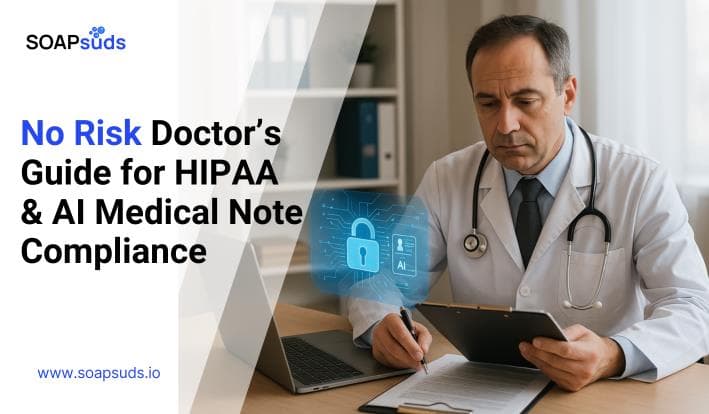2030 Outlook: Medical Documentation Powered by AI
SOAPsuds team
Published: 9/19/2025
SOAPsuds team
Published: 9/19/2025

Veterinarians and dentists often spend long hours on detailed notes, compliance work, and patient charts.

AI scribes can reduce documentation work for doctors by up to 70%, but they also

Healthcare scheduling goes beyond simple planning; it’s the backbone of running organized, well-supported teams

Remember handwritten memos? Those brief notes that once served as the main way to send...

AI Medical dictation software helps doctors turn their spoken words into written text automatically...

Electronic Health Records (EHRs) have become an important innovation in updating healthcare, providing
Clinical Notes
SOAP notes
DAP notes
AI medical notes